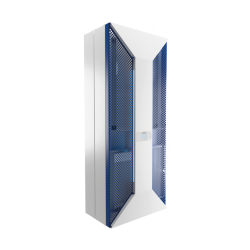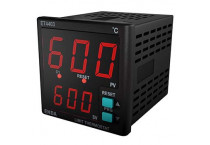Статья описывает водородные топливные элементы – технологию преобразования водорода в электроэнергию эффективно и экологично. Рассматриваются принципы работы топливных элементов, их применение в автомобилестроении, промышленности и энергетике, а также преимущества, такие как быстрая заправка, большой запас хода и возможность интеграции с возобновляемыми источниками энергии. Эта технология представляет собой перспективное решение для устойчивого развития и энергетического перехода.
СП ДАКПОЛ - Компоненты для силовой электроники, автоматики, электроники, электротехники. Более 140 ведущих мировых производителей.
Категория продуктов
Посмотреть все категорииПоследние посты
-
Как охлаждение и кондиционирование шкафов влияет на срок службы электронных компонентовRead more
В статье рассматривается важность охлаждения и кондиционирования в шкафах управления для поддержания срока службы электронных компонентов. Объясняется, как стабильная температура и влажность повышают надежность промышленных систем, описываются различные методы охлаждения, роль конструкции корпуса и расположения компонентов, а также значение энергоэффективности в современных промышленных установках.
-
Как индукционные устройства меняют производственные процессы?Read more
В статье рассматривается принцип работы индукционного нагрева и объясняется, почему эта технология всё чаще используется в современной промышленности. Описываются конструкция и работа индукционных устройств, их основные преимущества по сравнению с традиционными методами нагрева, а также широкий спектр применений — от закалки и пайки до плавки металлов и лабораторных испытаний. В статье также представлены возможности DACPOL SERVICE и подчеркнута роль компании как технологического партнёра в проектировании, внедрении и обслуживании систем индукционного нагрева.





















































![Компоненты для опасных зон и взрывоопасных сред [Ex]](https://www.dacpol.eu/c/6823-catsmal_default/komponenty-dlya-opasnykh-zon-i-vzryvoopasnykh-sred-ex-.jpg)



